Another example - now full of millionaire's the World's End estate, Chelsea is one such example of flats built for council housing, in the heart of a millionaire's district, a mix
typical of London -back in the day
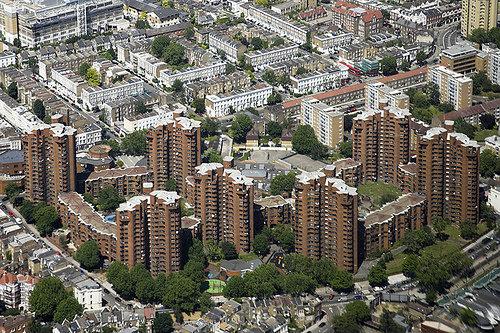
Likewise the once infamous, now celebrated Trellick tower in Notting Hill, solely council housing until the 1990s

Peabody Estates (poor rundown social housing from Edwardian times that resemble prisons, now being converted) are also near very upmarket areas, for example next to Tower
Bridge, Pimlico, Clerkenwell.
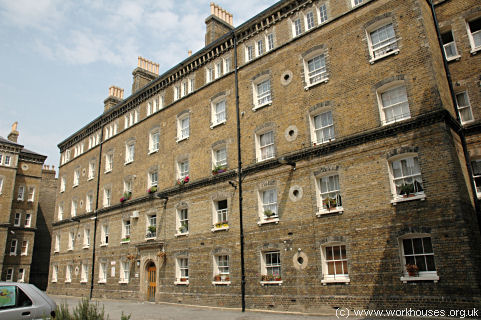
Likewise Michael Cliffe House - during the early 00s this council building ended up standing on the most expensive land prices in the world (the ex-industrial Clerkenwell)
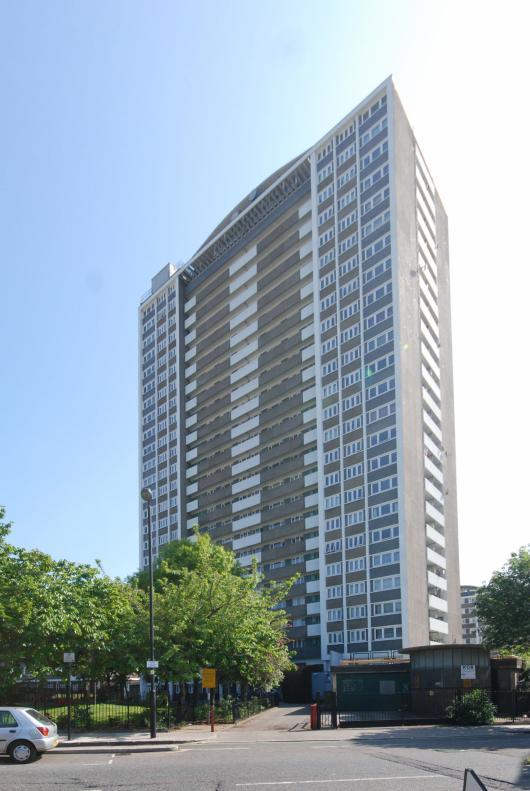
Kensington
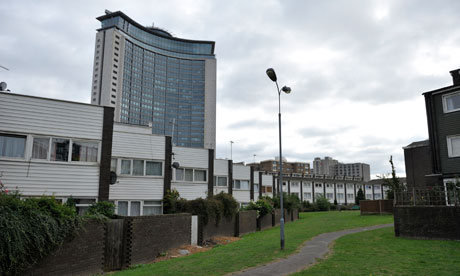
Fitzrovia

even on Portobello Rd (see ex council flats on left)

Golden Lane Estate, the first housing allowed in the Financial District was social housing. Apartments in the second tower block behind go for $3.5 million a pop.

Regents Park estate, not far from Billionaire's Row in one direction, and the most expensive properties in the world in the other (if ever they come onto the market, in 2007
one rowhome on Carlton Terrace was offered for $350 million but refused).

Carlton Terrace rowhomes (every 5 windows along is a new house).
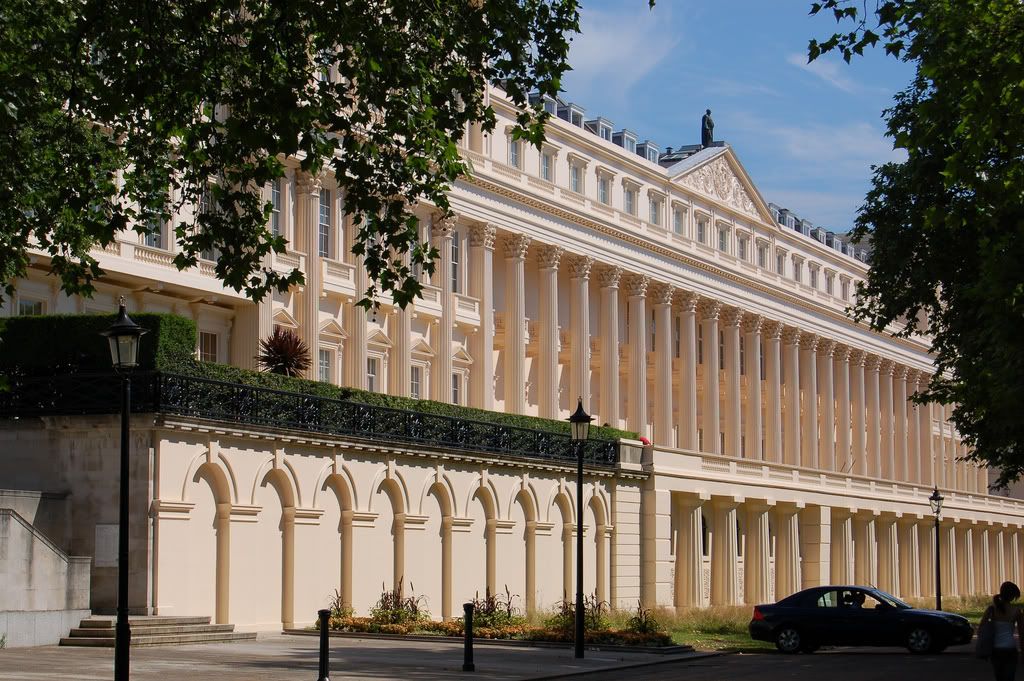
Soho

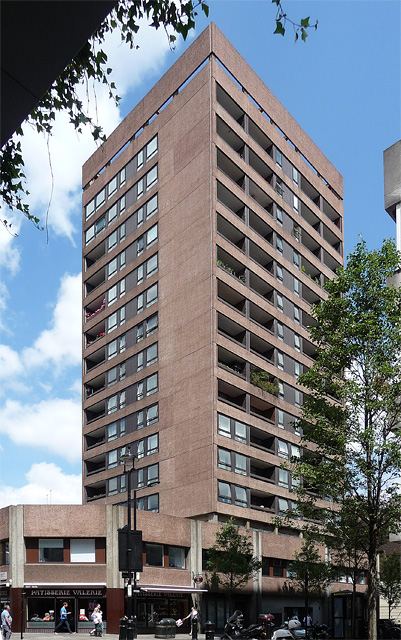

Sandringham Buildings, Piccadilly (one of my workmates aunties lived in here - they were tiny inside, with dingy stairwells despite the location 200m from Trafalgar Square)


The Comyn Ching triangle, Covent Garden (a notoriously squalid block converted to offices in one of the first private regeneration programmes)

more

The most famous example is The Oxo Tower refurb, some of the penthouses went for free to council families (worth $8 million). 28 of the 78 apartments are still reserved for
some very lucky council housing (but most controversially Mick Jagger's daughter -worth $200 million - managed to get herself 'housed' there for $200 a week through the
housing association):

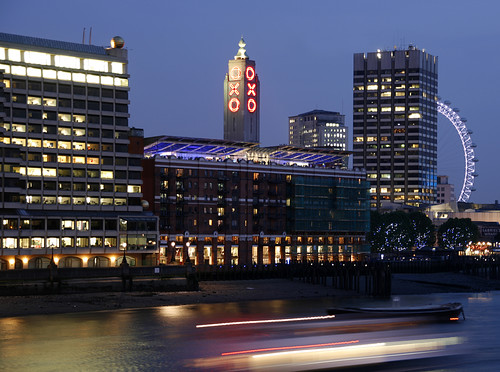
another example is the luxury SACO development on the riverbank, the bottom floors contain council housing but not many people know it


The best example is St John's Wood, one of the most expensive areas in the world
a rowhome here goes for $62 million


- but only from the air do you realise the amount of tower blocks and tenements mixed in:




^of course almost everything you see in this post above has in the last 5 years been turned over to the rich.
_________________________________________________________________________________________________________________________________________________________________________________________________________



